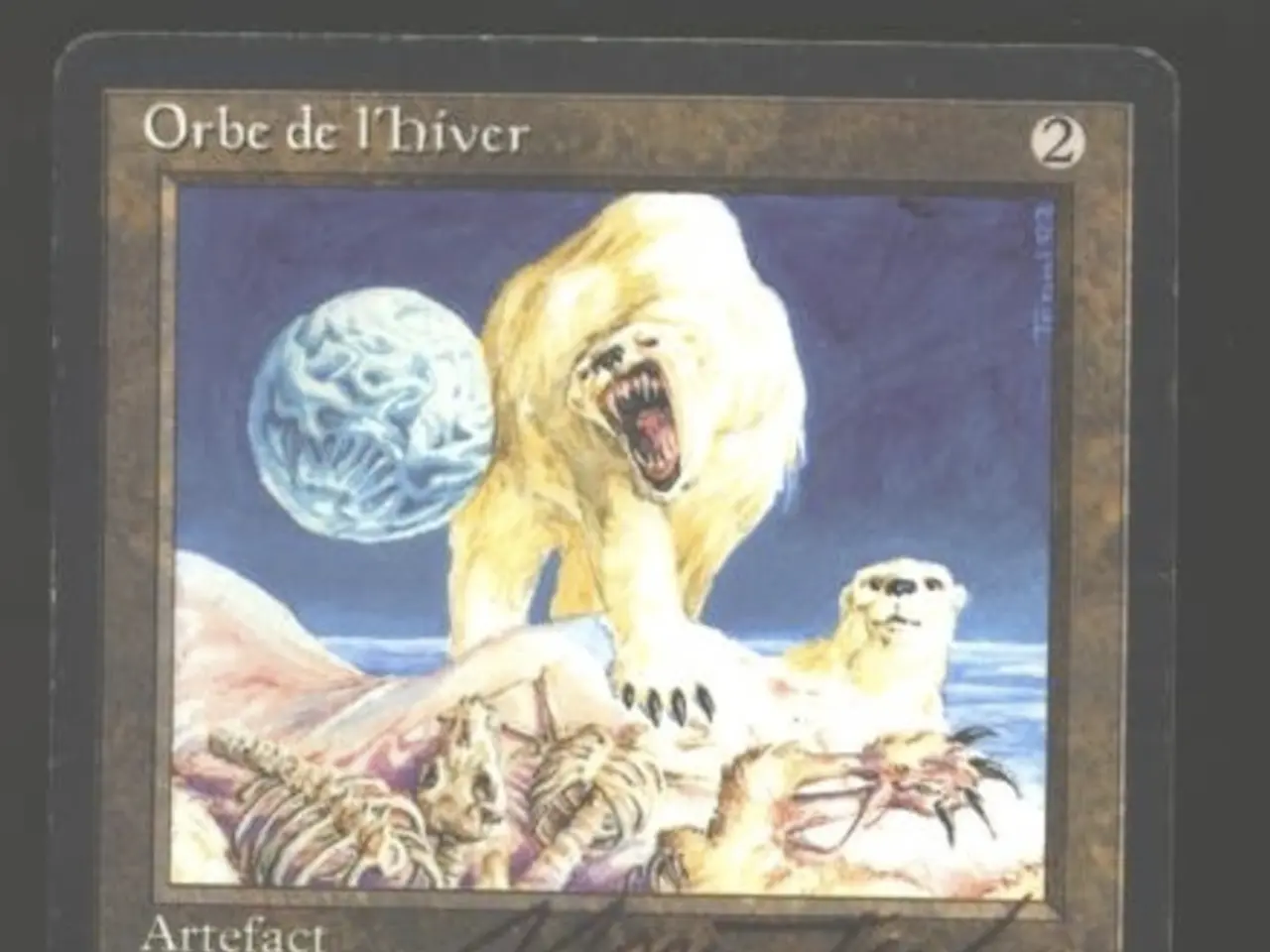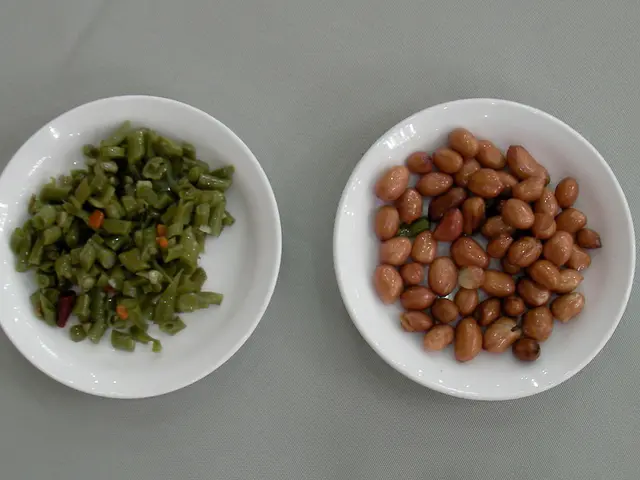Mass Jumping of Lemmings Off Cliffs Is a Misconception
Arctic Lemmings: A Key Driver of Biodiversity and Ecosystem Dynamics
Arctic lemmings, small rodents native to the Arctic regions, are known for their regular, large-amplitude population cycles that significantly impact Arctic biodiversity and ecosystem dynamics. These cycles, which can exceed 200-300% fluctuations within a few years, are primarily driven by predator-prey interactions [1][2][4].
The predation by species such as stoats, Arctic foxes, snowy owls, and skuas plays a crucial role in regulating lemming populations, creating a classic predator-prey dynamic that drives the observed cycles [1]. While earlier hypotheses focused on intrinsic rodent biology, long-term field studies and mathematical models have emphasized the significance of these predator impacts [1].
When lemming populations peak, they have a profound effect on the Arctic ecosystem. Their herbivory significantly reduces plant biomass, altering plant community composition and diversity, and affecting soil nutrient cycling [2]. For instance, brown lemmings, the dominant year-round herbivores in some Arctic regions, can consume up to 100% of monocot stems and reduce forage availability in subsequent years [2].
Moreover, as a foundational prey species, lemming population cycles strongly affect populations of predators that rely on them. This link between lemming abundance and broader changes in predator species numbers and behaviors can influence other species and community stability within Arctic food webs [1].
The Arctic LTER (Long-Term Ecological Research) project further underscores the role of lemmings in tundra ecosystems. It shows that these mammals help control nutrient flows between terrestrial and aquatic systems and act as a key link in determining overall ecosystem responses to environmental changes like climate warming and human activity [3].
However, climate change poses a threat to lemmings. Warmer winters affect their food sources and ability to dig burrows for shelter. Warmer and wetter winters also impact their access to food plants and the hardness of the snow and ice, making it difficult for them to dig burrows [5][6].
In conclusion, Arctic lemming population cycling is a major ecological driver that impacts plant communities, nutrient cycling, predator populations, and ultimately biodiversity across Arctic tundra ecosystems. Understanding these dynamics is crucial for predicting how Arctic biodiversity and ecosystem functioning will respond to ongoing environmental changes [1][2][3][4].
References: 1. Rolf Anker Ims, Department of Arctic and Marine Biology, Arctic University of Norway. 2. Post et al., 2015. Arctic tundra ecosystems: responses to climate change and global change interactions. Wiley Interdisciplinary Reviews: Climate Change. 3. Arctic LTER Network. www.arcticlter.org 4. Post et al., 2012. Arctic tundra ecosystems: a synthesis of the Arctic LTER Network. Ecological Monographs. 5. Post et al., 2013. Population cycling in lemmings: a review. Journal of Mammalogy. 6. Post et al., 2014. Climate change and population dynamics of lemmings: a review. Global Change Biology.
- The role of physics, particularly climate change, in the Arctic environment, threatens the survival of Arctic lemmings by affecting their food sources and shelter, which could ultimately lead to changes in Arctic biodiversity.
- In the sphere of science, studies on Arctic lemmings have shed light on the intricate relationships between environmental-science, nutrition, and health-and-wellness of these small rodents in relation to their predators and the plants they consume.
- It has been established that the regular population cycles of Arctic lemmings have a substantial impact on the fitness-and-exercise routines of their predators, such as stoats and Arctic foxes, which depend on them as a primary food source.
- The biology of lemmings plays a pivotal role in the environment as they significantly influence ecosystem dynamics through their herbivory, affecting plant communities, nutrient cycling, and even soil composition.
- Scientific research involving lemmings also highlights the importance of mental-health in maintaining the stability of Arctic food webs, as changes in lemming populations can have cascading effects on predator species and broader ecosystem functions.
- Furthermore, understanding the dynamics of Arctic lemmings, their prey and predator relationships, and how they respond to environmental changes serves as a vital piece in the puzzle of predicting the future of Arctic biodiversity and climate-change scenarios.







